Course Meze or main dish Variations Partial | Serving temperature Cold or hot | |
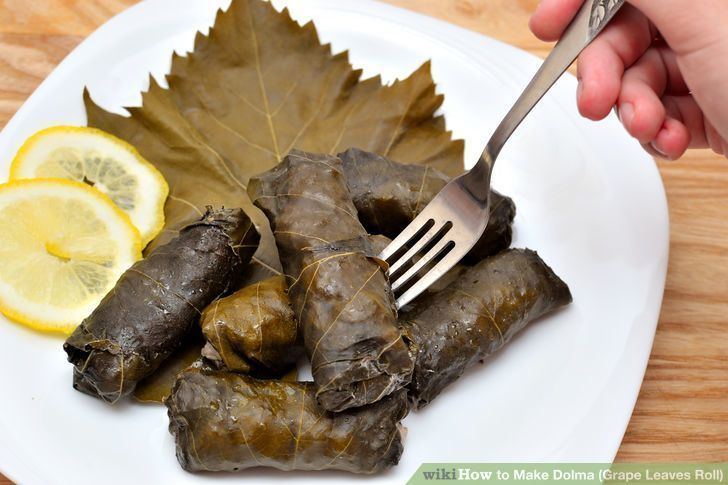 | ||
Main ingredients Stuffed peppers, Grapevines, Rice Similar Sarma, Kofta, Börek, Pilaf, Baklava | ||
How to cook dolma the azerbaijani dish
Dolma is a family of stuffed vegetable dishes common in the Middle East and surrounding regions including the Balkans, the Caucasus, Russia and Central Asia. Common vegetables to stuff include tomato, pepper, onion, zucchini, eggplant, and garlic. The stuffing may or may not include meat. Meat dolmas are generally served warm, often with tahini, egg-lemon or garlic yogurt sauce; meatless ones are generally served cold. Stuffed vegetables are also common in Italian cuisine, where they are named ripieni ("stuffed").
Contents
- How to cook dolma the azerbaijani dish
- Kurdish dolma recipe stevie and sazan
- Names and etymology
- Filling
- Armenian lenten
- With sea food
- Israeli variant
- References

Dishes of grape or cabbage leaves wrapped around a filling are also called dolma or yaprak dolma ('leaf dolma') in many cuisines, or may be distinguished as sarma.
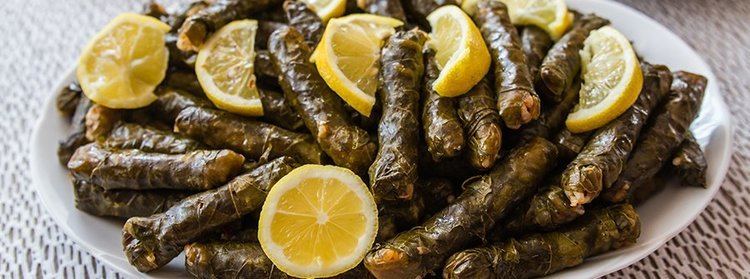
Kurdish dolma recipe stevie and sazan
Names and etymology
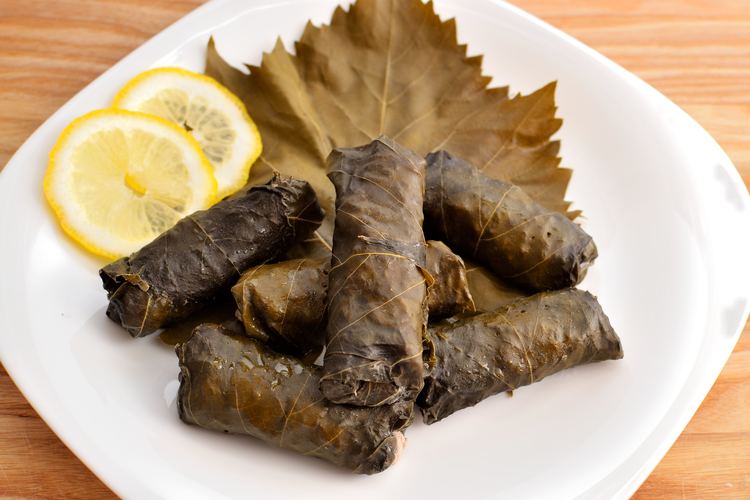
Dolma is a verbal noun in Turkish for the word dolmak, "to be stuffed." Dolma without meat is sometimes called yalancı dolma 'fake dolma' in Turkish. Versions have been known in Persia since at least as early as the 17th century. Mīrzā ʿAlī-Akbar Khan Āšpaz-bāšī, chef to the court of Nāṣer-al-Dīn Shah (1264-1313/1848-96), recorded dolma as a category of Persian cuisine and gave recipes for stuffing grape leaves, cabbage leaves, cucumbers, eggplants, apples, and quinces.
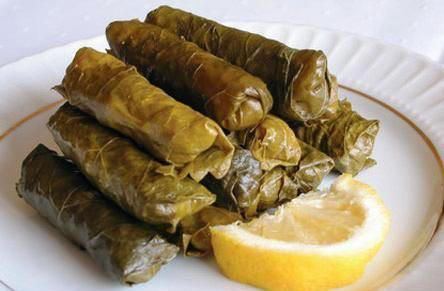
In some countries, the usual name for the dish is a borrowing of dolma and in others it is a calque, and sometimes the two coexist with distinct meanings: Albanian: japrak; Arabic: محشي maḥshi ('stuffed'), محشي ورق عنب (maḥshī waraq 'inab, 'stuffed grape leaf'); Persian: دلمه,"dolme", برگ "barg"; Greek: ντολμάς dolmas (for the leaf-wrapped kind) and γεμιστά yemista 'stuffed'; Kurdish: dolma (دۆڵمە), yaprakh (یاپراخ). In Aleppo, the word يبرق yabraq refers to stuffed vine leaves, while محشي maḥshī refers to stuffed cabbage leaves and stuffed vegetables.
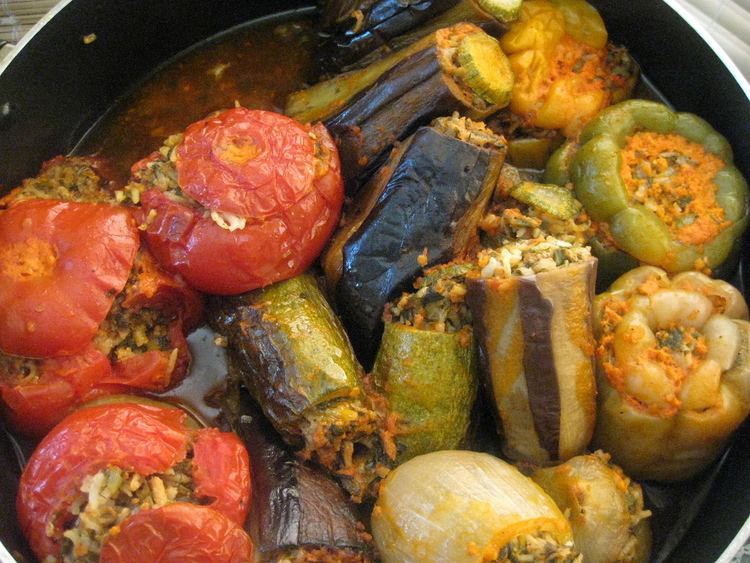
An alternative etymology comes from Armenian տոլմա [tolˈmɑ] or դոլմա [dolˈmɑ], coming from the words toli, 'grape leave', and ma, 'wrapped'. Toli as a grape leave was recorded in the inscriptions of the Kingdom of Van (Urartu). Initially, in Classical Armenian, the dish was called Tolimis, meaning "meat in grape leaf". Over time, as often it happens with the endings of Indo-European languages such as Armenian, Tolimis turned into Tolim, followed by Tolima, and finally Tolma.

Internationally, the food is called dolma. It is a stuffed vegetable that is hollowed out and filled with stuffing. This applies to zucchini, tomato, pepper, eggplant, and the like; stuffed mackerel, squid, and mussel are also called dolma. Dishes involving wrapping leaves such as vine leaves or cabbage leaves around a filling are called sarma, though in many languages the distinction is usually not made.
Filling
The filling generally consists of rice, minced meat or grains. In either case, the filling includes onion, herbs like dill, mint or parsley and spices. Meatless fillings are cooked with olive oil and include raisins or currants, onion, nuts or pulses.
Armenian lenten
In addition to the traditional dolmas, Armenia has a giant vegan variant called Lenten Dolma ("Pasus Tolma" or "պասուս տոլմա"). It is wrapped with cabbage leaves, and stuffed with red beans, garbanzo beans, lentils, cracked wheat, tomato paste, onion and many spices and flavorings. Keeping with the Armenian lenten rules, it is vegan, but despite its name of Lenten dolma, it is commonly prepared year round. Pasuts tolma is made of seven different grains – chickpea, bean, lentil, cracked wheat, pea, rice and maize. All the grains are boiled. This dolma is called pasuts because the Christian New Year features the fast days, which end on Easter day (pasuts tolma means "fast day tolma"). The seven grains symbolize God’s divine number 7, which is associated with divine perfection and completion.
With sea food
Dolma could be made by using seafood. It is sometimes made with different types of fish or mussels. "Midye dolma", (Stuffed mussels) is very popular in Turkey. Usually, filling of midye dolma consists of rice, onion, black pepper and pimento spice.
Israeli variant
In Israel, vine leaves, Swiss chard, artichoke bottoms, mallow, cabbage, potatoes, eggplants, onions, dates, zucchini, bell peppers, beets, hot chili peppers, dried dates, dried figs and dried apricots are commonly stuffed with a combination of meat and rice, although other fillings, such as bulgur, lentils and ptitim, have evolved among the various Jewish, Arab and Armenian communities.
